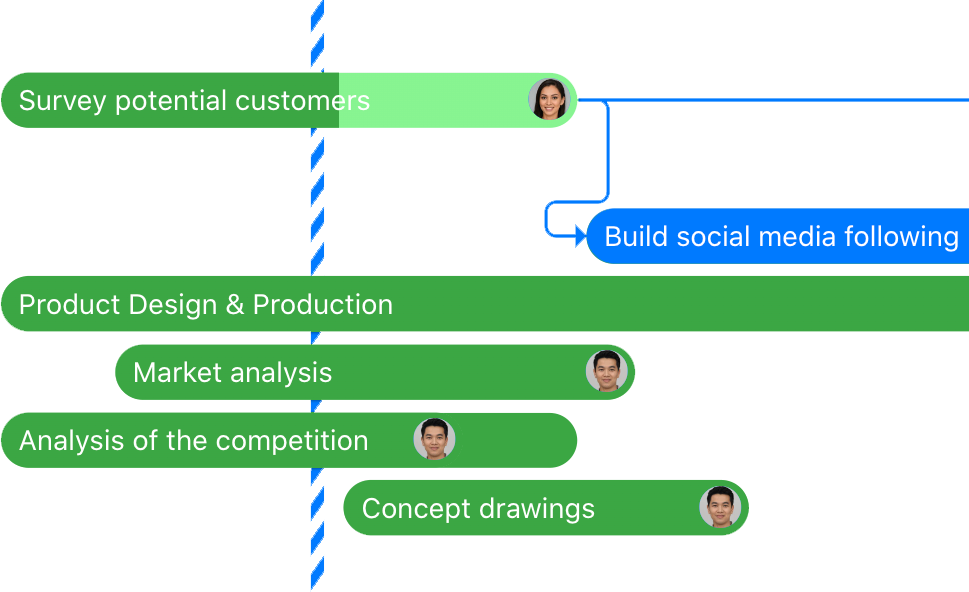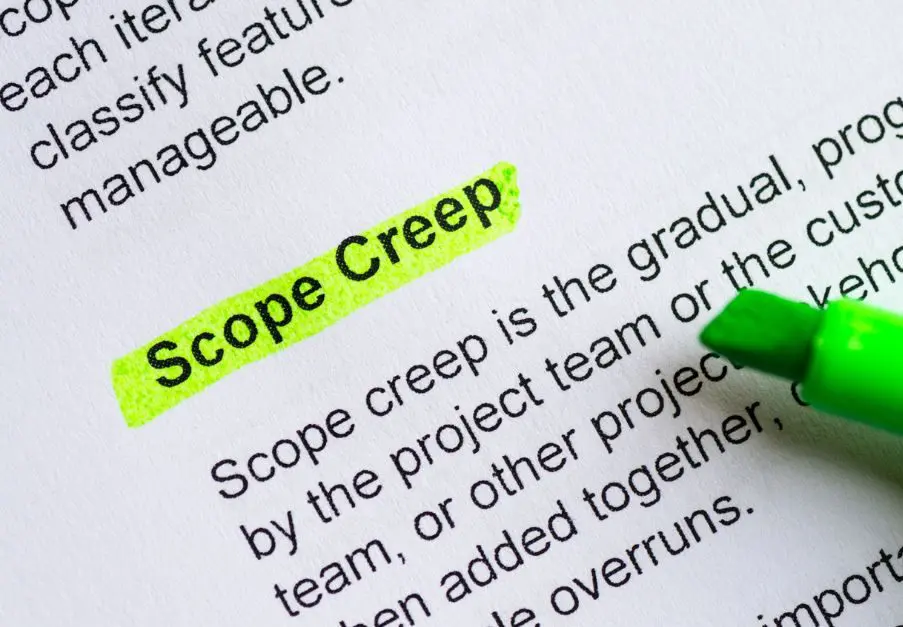
Team meetings can be a drag and they’re not on everyone’s favourite-things-to-do-at-work list. In fact, a Clarizen survey concluded that 46% of the 2,066 adults surveyed would rather do any unpleasant activity than endure a status meeting, with 17% preferring to watch paint dry.
But the reality is that meetings are an unavoidable aspect of working life. And so, in this article, I’ll show you how you can make your next meeting worthwhile by ensuring that it’s as effective and engaging as it can be.

(Please note that the focus is on in-person meetings, not virtual—perhaps another topic for another time?)
Are Team Meetings Necessary?
Snazzy new technology has allowed teams to communicate and share information conveniently and from all aspects. With email, instant messaging, and task management tools, you no longer have to have everyone involved in the same room at the same time to go over pressing topics and resolve issues. Sounds like meetings are no longer needed, right?
Wrong.
Although technology has enabled us to change the way we work and collaborate, there are still moments where discussing information via text simply won’t cut it. There are still objectives that can’t be accomplished or decisions that can’t be settled without first-hand, face-to-face discussion.

Plan team meetings with ease.
Sign up for free today!
A team meeting’s purpose is to help you achieve goals in a more effective and timely manner. If done correctly, it can yield quality results and ensure tasks and projects don’t exceed their deadlines.
There are various reasons why team meetings are organized. They include, but aren’t limited to, the following:
- Brainstorming ideas: team meetings provide a safe space for new concepts to be shared and topics to be discussed.
- Team building: smaller gatherings give colleagues the chance to get to know each other better and understand everyone’s different quirks and ways of working.
- Collecting feedback: feedback is key for improvement and team meetings offer a great opportunity for reflection.
In saying that, however, team meetings get a bad rap. They are known to drag on for an unnecessary amount of time and touch on topics that aren’t always relevant, making them unproductive and a complete waste of time.
So, how can you avoid that?
6 Tips on How to Run Productive Team Meetings
To conduct a team meeting that doesn’t sap the soul out of your team members, consider the following factors when making arrangements for your next huddle:
1. Determine if it’s essential
Before writing up the agenda and sending out the calendar invites, ask yourself if what you want to discuss is something that can be resolved in an email or another communication platform.
While there are moments that do require in-depth discussion and analysis, there are also times when gathering a group of busy people together isn’t the most effective way to get things done.

2. Assess the invite list
Despite the old adage, in this instance, more isn’t always the merrier. A bigger group is always trickier to manage and adding more people to the table who don’t add value won’t make it easier.
When settling the list, think about who you’re about to invite. Do these people either a) have the authority to make decisions, or b) are experts on the subject that will be discussed. If the answer is no to both, then you may want to rethink their invitation.
You may also want to consider allowing participants who are no longer needed in the team meeting to leave early. It’s fruitless to keep someone there who isn’t providing input as not only will they just sit there disengaged, but it also keeps them away from their work.
3. Have an agenda
If you want your team meeting to be effective, then having an agenda prepared is vital. Not only will this inform participants about what is going to be discussed, but it also acts as a facilitator, keeping everything and everyone on track. It will also ensure that the meeting will end in something actionable (because if it doesn’t, what’s the point?).
Distributing the agenda prior to the meeting, let’s say a day or two in advance, gives people the chance to review and comprehend what’s going to be talked about. This also gives them enough time to frame their ideas and opinions for contribution. This is especially helpful for more introverted participants who aren’t as eager to give their two cents.
Use Zenkit’s Weekly Team Meeting Agenda Template to plan your next meeting!
4. Rotate the leader
Employee engagement is a crucial factor for an effective meeting as everyone has a unique perspective that can add value to the discussion. But it’s not always the easiest to attain.
Alternating who leads the discussion is a great way to encourage engagement, as well as ensure everybody is alert during the meeting. A good way to do this is to have the team leader or whoever called the meeting to kick things off, then pass the baton onto various team members when a new item on the agenda comes up, preferably someone knowledgeable in that area.
5. Get creative
Team meetings can get a bit repetitive, especially if they’re scheduled on a regular basis. Switching things up and introducing something different in every meeting can keep participants stimulated and can spur innovative ideas and solutions.

It doesn’t have to be anything extravagant. For example, start every session off with a new joke, or if weather permits, go outside for a change of scenery, or, if all else fails, provide snacks—food always wins a crowd.
6. Collect feedback
As previously mentioned, feedback is important for improvement. It is valuable information that can highlight the strengths and weaknesses of a person, group, or business. It is something that everyone can benefit greatly.
Receiving feedback after a meeting, whether positive or negative, not only reveals that participants were paying attention, but it also indicates that they are interested in getting more out of the meetings. By expressing what they found useful and what they think needs improving, they are assisting in making sure that the next meeting is structured in a way that can optimize everyone’s time and productivity.
Final Thoughts
Conducting a team meeting that doesn’t suck isn’t rocket science. Although it may take you a few attempts to get things right, it is something worth perfecting. You have to ensure that you’re not wasting people’s time, that there is a genuine purpose to it, and that it results in something actionable. Otherwise, it’s probably best saved for an email.
What keeps you engaged in team meetings? Do share your tips in the comment section as we love hearing the many different ways people stay productive.
Cheers,
Dinnie and the Zenkit Team





Leave a Reply